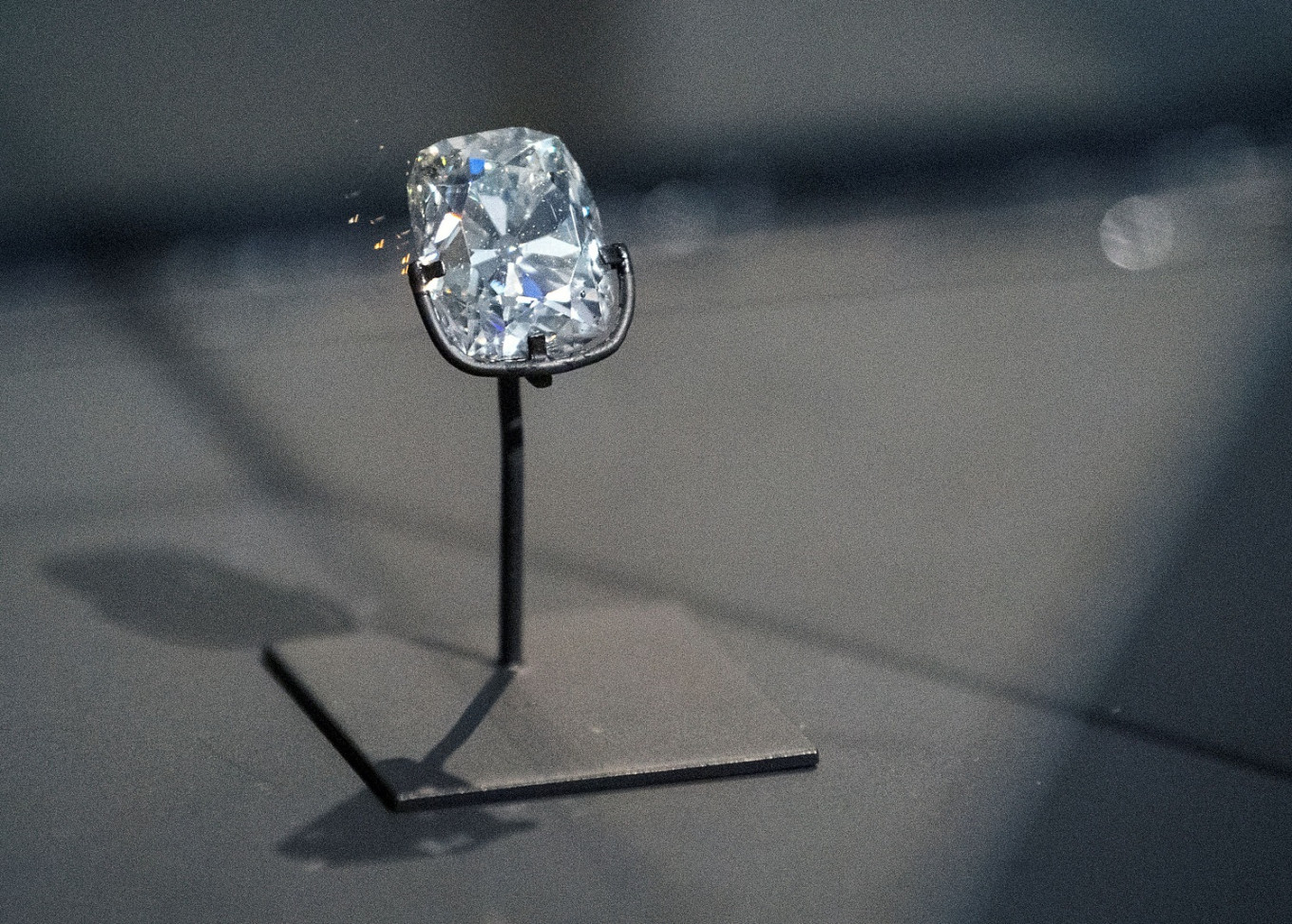Popular Reads
Top Results
Can't find what you're looking for?
View all search resultsPopular Reads
Top Results
Can't find what you're looking for?
View all search resultsDutch ready to give back seized colonial art, but to whom?
Change text size
Gift Premium Articles
to Anyone
A
cannon that once saluted a Sinhalese king and a diamond looted from an Indonesian sultan are among thousands of objects seized during the colonial era whose rightful owners Dutch authorities are intent on tracking down.
But establishing who those owners are can be complicated, the national Rijksmuseum in Amsterdam argues.
It says at least 4,000 objects in its collections have clear ties to the country's colonial empire, which spanned some 300 years from the mid-17th century and whose main centers of power were in Southeast Asia and the Caribbean.
The Rijksmuseum's Head of History, Valika Smeulders, welcomed plans by the government to right what an independent commission this month called the "historical wrong" of continuing to keep valued objects taken by force during that era.
"The museum is really bringing in new knowledge, new voices, new expertise, new ways of dealing with the past and looking at these objects... We're trying to bring down the walls of the museum," she said.
The Dutch plan to set up an independent research center as a database for colonial-era art, including where it came from and how it was obtained, and assemble panels to handle restitution requests.
And that, says Smeulders, is where difficulties may arise.
Read also: Presidential Secretariat hands over artifacts from Netherlands to National Museum
The 36-carat diamond, for instance, was looted in 1875 by Dutch troops from of the Sultanate of Banjarmasin, now part of Indonesia on the island of Kalimantan.
Governments in both countries have changed many times since then.
"In this case, would you return it to the country? Or would you return it to the descendants of the Sultan," she said. "And who would you do the talking with?"
The blue and gold Canon of Kandy, meanwhile, was seized in 1765 by soldiers of the Dutch East Company and displayed in the Prince of Orange's cabinet of rarities.
It will go back to Sri Lanka next year, but initially just as part of a seminar with historians and art experts who will debate its provenance, along with dozens of other objects.
The Dutch moves to return seized art are running in parallel with similar initiatives in France and Germany, and broadly follow the 1998 Washington Principles that began the process of returning art looted by the Nazis during World War Two to Jewish heirs.











